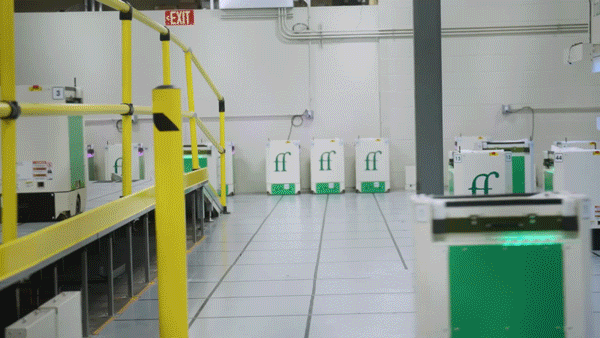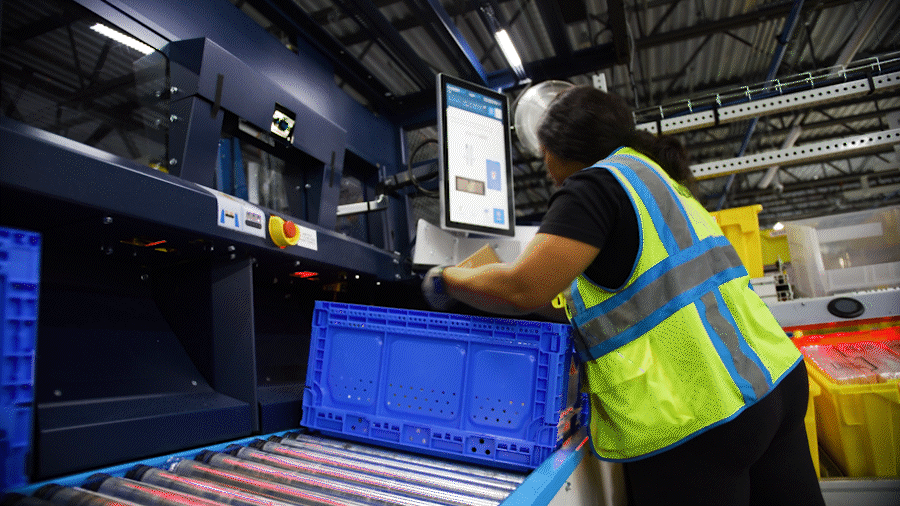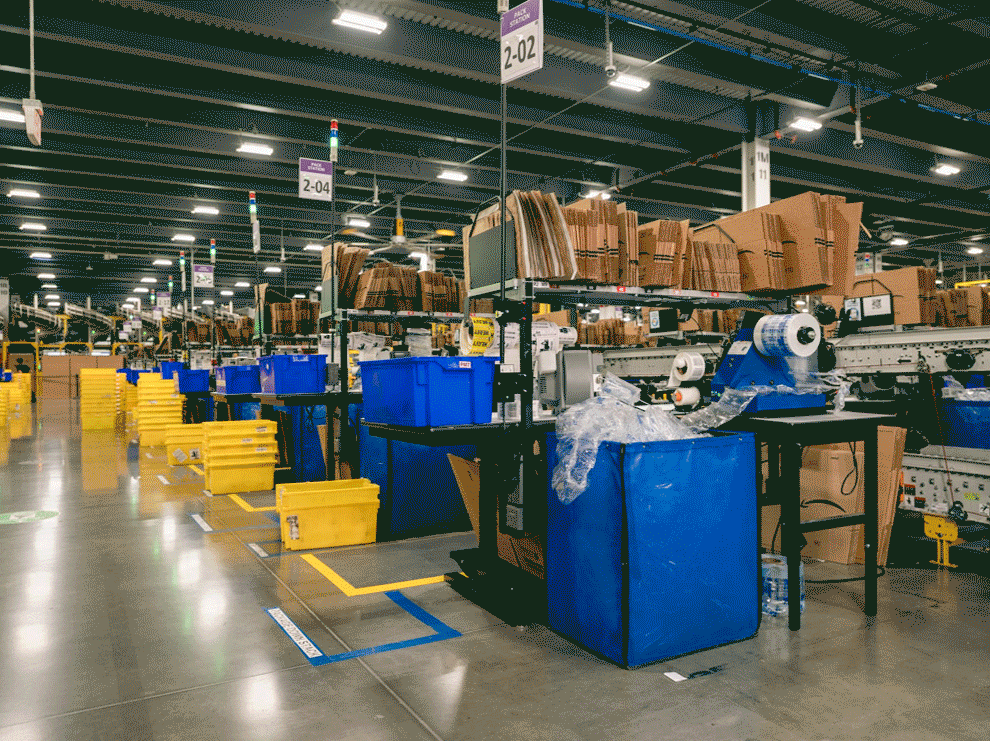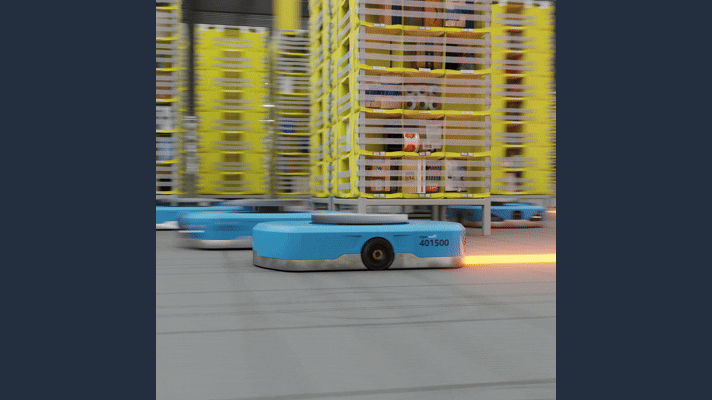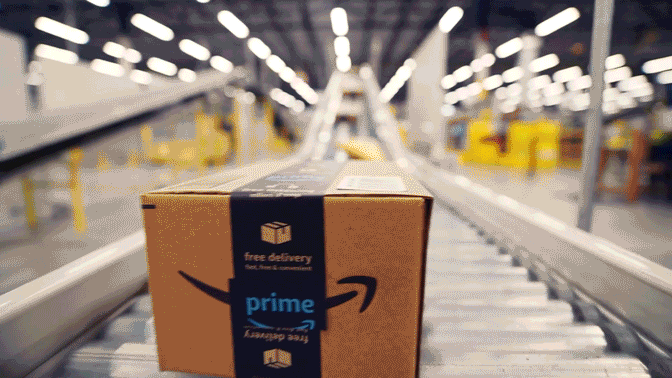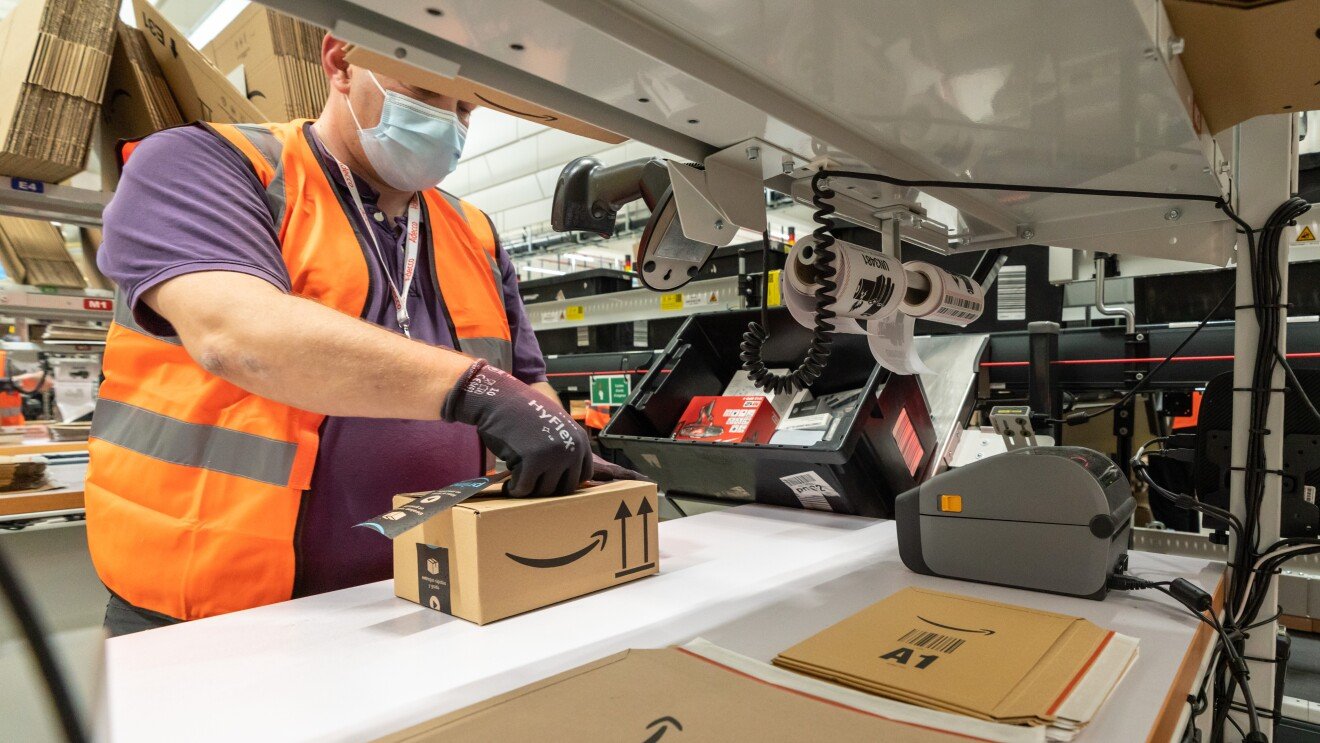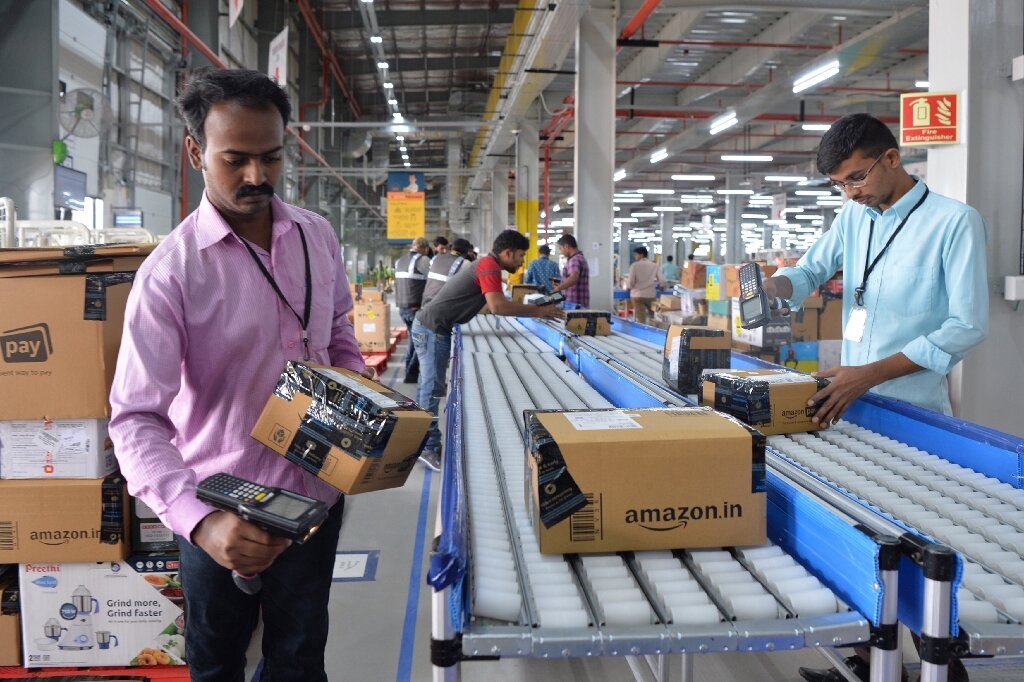Warehouse Automation Now Fully Tax-Deductible
Good News for Warehouse Operators: 100% Write-Offs Are Back for Automation Investments
By Ben Angel, WarehouseAutomation.ai
If you’ve been holding off on investing in automation, now might be the time to reconsider. With the passage of the “One Big Beautiful Bill” in early July 2025, businesses across the U.S. can once again take advantage of 100% first-year write-offs on qualifying capital expenditures—including warehouse automation equipment.
This has major implications for operators looking to scale productivity, reduce labor dependency, or simply modernize outdated systems.
What Changed?
Two key tax provisions were updated and made significantly more business-friendly:
100% Bonus Depreciation (Reinstated & Extended)
Businesses can now immediately deduct the full cost of qualifying capital assets in the year they are placed in service. This includes:Autonomous mobile robots (AMRs)
Sortation and conveyor systems
Pick-to-light or voice systems
Warehouse control software and orchestration layers
Racking, shelving, and certain smart storage assets
Expanded Section 179 Deduction
For smaller businesses, the Section 179 cap was raised to $2.5 million per year, with phase-outs beginning at $4 million. This allows mid-sized firms to expense a broad range of equipment without waiting years for depreciation schedules to play out.
What Qualifies?
To be eligible, assets must meet the IRS definition of “qualified property,” which includes:
Tangible personal property (e.g., robotics, sensors, scanning systems)
Computer software (such as WES, WCS, or optimization platforms)
Used equipment (yes, even second-hand gear qualifies under bonus depreciation)
Placed in service after January 19, 2025
What’s not covered: permanent structural improvements like building expansions or fixed HVAC systems. But anything that can be moved, upgraded, or repurposed typically qualifies.
Why This Matters to the Warehouse Industry
For logistics and supply chain leaders, the ability to fully expense automation investments upfront means:
Faster ROI: You reduce your tax bill now, not over 5–7 years.
Cash flow advantage: Especially helpful for smaller firms or those scaling quickly.
Better strategic timing: It becomes easier to justify automation purchases before peak season or during a facility move.
This is especially timely if you're relocating to a new building, expanding capacity, or consolidating operations—as many firms are post-pandemic.
An Example: Mid-Sized 3PL Adds Sortation Robots
A third-party logistics provider installs a $900,000 robotic sortation line in September 2025. Under the updated rules, they can:
Write off the entire $900K in Year 1 via bonus depreciation
Reduce taxable income accordingly, potentially saving $189,000+ in federal taxes (assuming a 21% rate)
Boost after-tax cash flow, helping reinvest in workforce training or system tuning
A Word of Caution
While the rules are generous, the IRS has strict criteria around asset use, service dates, and depreciation grouping. It’s crucial to:
Confirm your automation vendor provides documentation for asset classification
Engage your CFO or tax advisor early—especially if you're approaching the Section 179 cap
Final Thought
Automation is no longer a future goal—it’s a present necessity. And with the reinstatement of 100% write-offs, the government is making it clear: now is the time to modernize.
If you're planning a warehouse move, upgrading equipment, or building a next-gen logistics facility, make sure your investment plan aligns with these updated tax benefits.
—
Need help assessing ROI or qualifying automation vendors?
Contact us at solutionhub@warehouseautomation.ai




